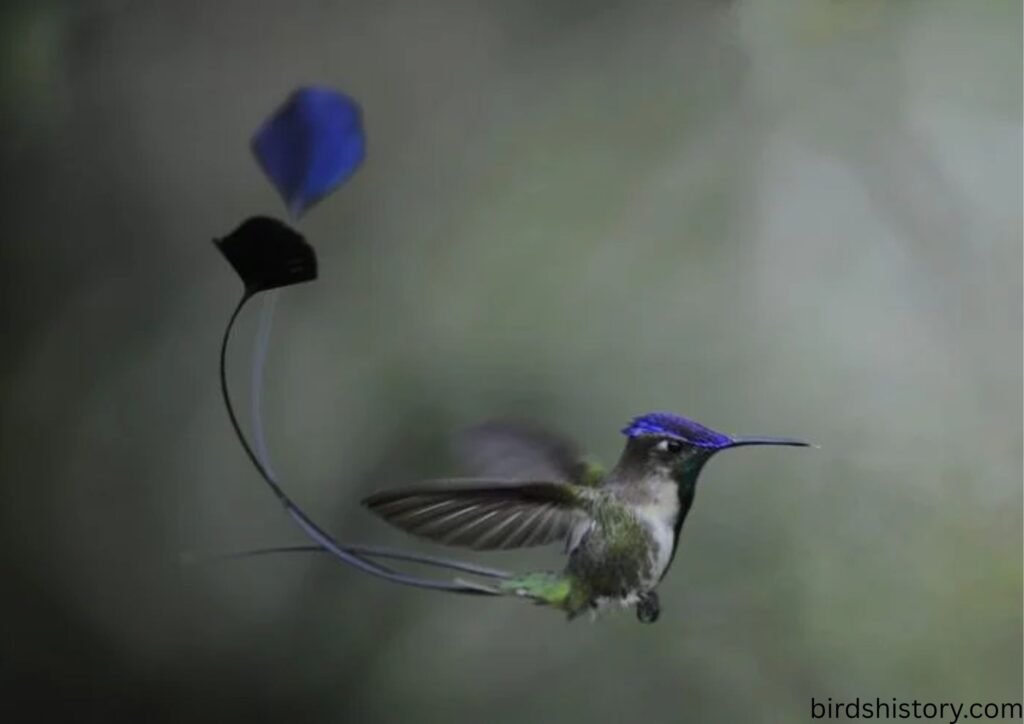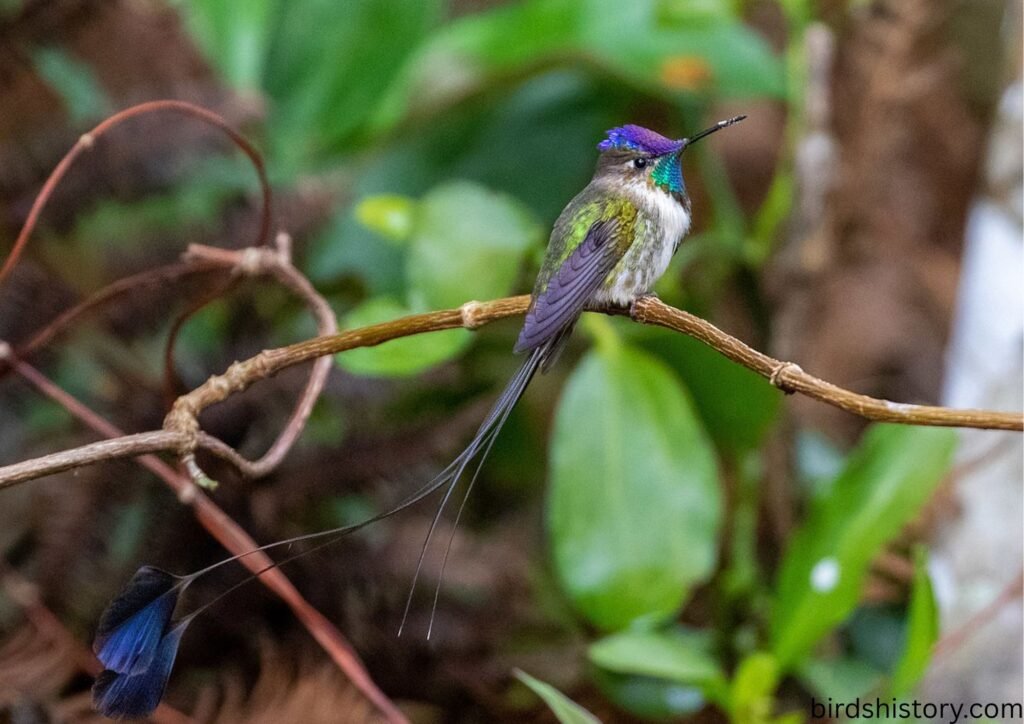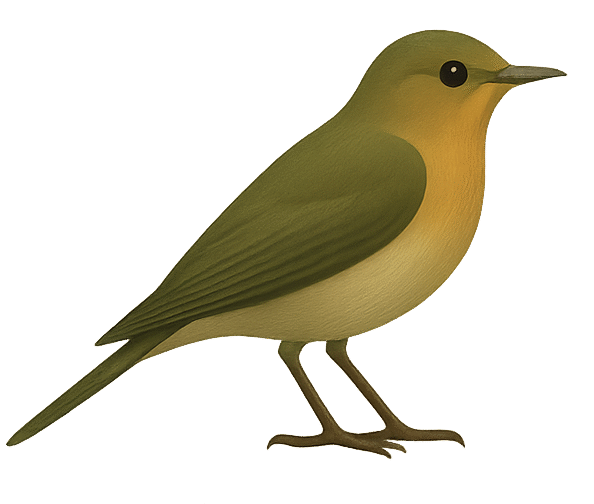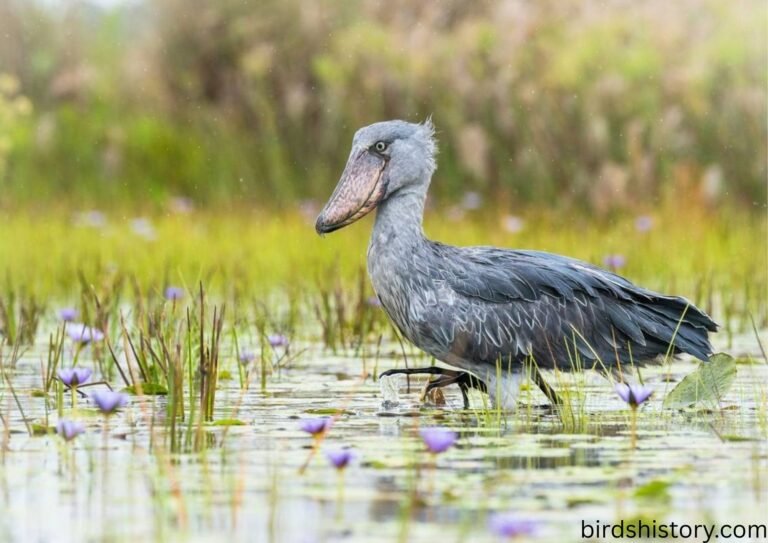Marvelous Spatuletail: Nature’s Dazzling Hummingbird
If there’s one bird that perfectly demonstrates how extraordinary evolution can be, it’s the Marvelous Spatuletail. Found only in a small corner of northern Peru, this rare hummingbird is famous for its remarkable tail feathers, which look like something straight out of a fantasy illustration. The males have just four tail feathers, two of which extend into long, iridescent shafts ending in shimmering blue-purple discs called “spatules.”
This unique design has earned the Marvelous Spatuletail a reputation as one of the world’s most spectacular hummingbirds. Birdwatchers travel across continents just to catch a glimpse of its mesmerizing courtship dances, where males swing their spatules in the air to impress females. Despite its beauty, the species faces serious threats from habitat loss and limited distribution, making it a top conservation priority.
Let’s explore everything about this extraordinary bird—from its appearance and behavior to the conservation efforts trying to secure its survival.
Taxonomy / Classification
- Common Name: Marvelous Spatuletail
- Scientific Name: Loddigesia mirabilis
- Family: Trochilidae (Hummingbirds)
- Order: Apodiformes
- Class: Aves
Also read: /the-resplendent-quetzal/
The bird was first described in 1835 by British naturalist George Loddiges, and it remains the only species in the genus Loddigesia. That makes it not just rare, but also taxonomically unique.
Physical Description
The Marvelous Spatuletail’s appearance is unlike any other hummingbird on Earth.
- Size: Small, around 15 cm (6 inches) long, but the tail feathers make it appear larger.
- Body: Metallic green plumage with a white underside.
- Head: Males sport a glittering green crown and throat, often catching light as they move.
- Tail: The most distinctive feature—only four tail feathers.
- The outer pair is short.
- The inner pair is elongated, arching gracefully into long shafts tipped with iridescent violet-blue discs, or spatules.
- Sexual Dimorphism:
- Males have the extravagant spatule tail feathers.
- Females are smaller, with simpler tails, lacking the long spatules.
This difference makes males the center of attention during courtship, while females are more camouflaged, likely for nesting safety.
Habitat and Range
The Marvelous Spatuletail is a species unique to Peru, meaning it lives there and nowhere else on Earth.
- Continent: South America
- Country: Peru
- This bird is found in the Amazonas region of northern Peru, specifically in the Rio Utcubamba Valley.
- Elevation: 1,700–2,900 meters (5,600–9,500 feet) above sea level.
- Preferred Habitat: Montane cloud forests, forest edges, and shrublands where flowering plants are abundant.
Because of its narrow range and specialized habitat, the bird is extremely vulnerable to environmental changes.
Diet and Feeding Habits
Like all hummingbirds, the Marvelous Spatuletail is a nectar feeder, but its diet includes more than just sugary flower juice.
- Primary Diet: Nectar from native flowers, particularly tubular blooms adapted to hummingbird feeding.
- Secondary Diet: Small insects and spiders, which provide protein and essential nutrients.
- Feeding Behavior:
- Uses rapid wingbeats to hover while drinking nectar.
- Plays a key role as a pollinator, transferring pollen between flowers.
- Special Note: Its long bill allows it to access deep flowers, competing with few other bird species in the same habitat.

Behavior and Lifestyle
The actions of the Marvelous Spatuletail are as enchanting as its physical features.
- Social Habits: Generally solitary, except during mating displays.
- Flight Style: Agile and fast, with hovering ability typical of hummingbirds.
- Calls: High-pitched chirps and squeaks, often heard near feeding grounds.
- Mating Rituals:
- Males perform elaborate aerial displays.
- They swing their long spatule-tipped tail feathers in dramatic arcs to impress females.
- The spatules act as both a visual signal and a weight challenge, proving the male’s fitness.
This particular mating display is considered one of the most stunning behaviors in the avian world and is a significant draw for bird enthusiasts.
Reproduction and Lifespan
Reproduction in the Marvelous Spatuletail follows the typical hummingbird pattern, though much is still being studied.
- The breeding season primarily takes place during the rainy season when food sources are abundant.
- The female of the species constructs small, cup-shaped nests out of materials such as plant fibers, spider silk, and moss.
- Eggs: Usually 2 tiny white eggs per clutch.
- Incubation: Around 15–19 days, with the female solely responsible for incubation and feeding chicks.
- Chick Development: Nestlings fledge in about 20–26 days after hatching.
- Their expected lifespan in the wild is around 5 to 6 years, which is consistent with other small hummingbird species.
Predators and Threats
Despite its agility, the Marvelous Spatuletail faces several dangers.
- Natural Predators:
- Birds of prey such as hawks.
- Snakes and small mammals raiding nests.
- Environmental Threats:
- Habitat destruction from agriculture and deforestation.
- Invasive plant species reducing native flower availability.
- Human Impact:
- Land clearing for farming.
- Climate change altering flowering cycles, reducing nectar sources.
Conservation Status
The IUCN has officially categorized the Marvelous Spatuletail as an endangered species.
- There are thought to be fewer than 1,000 adult individuals of this species remaining in the wild.
- Major Threats: Habitat loss, small population size, and restricted range.
- Conservation Efforts:
- Protected areas such as Huembo Reserve have been established specifically to conserve the species.
- Organizations like the American Bird Conservancy and local Peruvian groups work to restore native forests.
- Ecotourism initiatives encourage communities to protect habitats rather than clear them.

Interesting Facts
- The Marvelous Spatuletail is the only species of bird that has precisely four tail feathers.
- Its courtship display has been called one of the most beautiful in the entire animal kingdom.
- Local communities in Peru sometimes call it “colibrí maravilloso,” meaning “marvelous hummingbird.”
- The long tail feathers, which have spatulas at the end, can be longer than the bird’s body.
- Despite its delicate look, males can maneuver their spatules with surprising agility.
- It is so rare that many birdwatchers consider seeing one a lifetime achievement.
- Females, though less ornate, are essential in balancing the species’ survival through careful nesting.
- The bird’s range is so small that it could disappear if its forests are not protected.
- Pollination by the Marvelous Spatuletail supports biodiversity in its ecosystem.
- It is often featured in wildlife documentaries as one of the most extraordinary hummingbirds.
Conclusion
The Marvelous Spatuletail is not just another hummingbird—it’s a living jewel, a masterpiece of nature’s design, and a vital pollinator in its fragile ecosystem. With its breathtaking spatule-tipped tail feathers, dazzling courtship displays, and rare presence in the Peruvian Andes, it reminds us of how diverse and beautiful life on Earth can be.
But its story also carries a warning. With fewer than a thousand individuals left, protecting this bird is critical. Efforts in Peru show that conservation can succeed when science, communities, and eco-tourism come together. The Marvelous Spatuletail is proof that even the smallest creatures deserve attention and care.
FAQs About the Marvelous Spatuletail
Why is it called the Marvelous Spatuletail?
Because of the male’s long tail feathers tipped with spatula-shaped discs, which look marvelous in flight.
Where is the Marvelous Spatuletail found?
It is found only in northern Peru, mainly in the Amazonas region.
How rare is the Marvelous Spatuletail?
Extremely rare, with fewer than 1,000 mature individuals estimated in the wild.
Do females have spatules too?
No, only males have the long spatule feathers. Females have shorter, simpler tails.
What does the Marvelous Spatuletail eat?
Primarily nectar, supplemented with small insects and spiders.
Is it endangered?
Yes, it is listed as Endangered by the IUCN due to its small population and restricted range.
What is unique about its mating display?
To attract a mate, males perform intricate aerial dances, swinging their spatule-tipped tail feathers.
How long do they live?
They live about 5–6 years in the wild.
Can tourists see the Marvelous Spatuletail?
Yes, birdwatchers can visit reserves like Huembo in Peru, where conservation programs protect them.
Why is it important to protect this bird?
This bird plays an essential role as a pollinator within its ecosystem and serves as a symbol of biodiversity protection in Peru.







